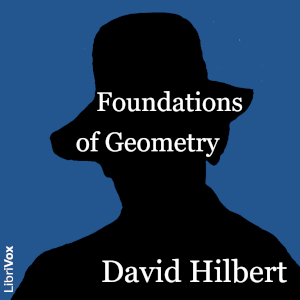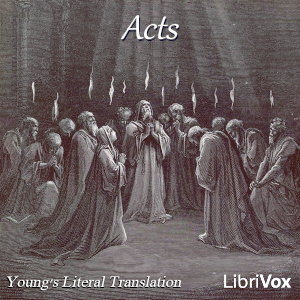
Foundations of Geometry - David HILBERT
- Title: Foundations of Geometry
- Author: David HILBERT
- Category: Mathematics
- Time: 05:26:40
The German mathematician David Hilbert was one of the most influential mathematicians of the 19th/early 20th century. Hilbert's 20 axioms were first proposed by him in 1899 in his book Grundlagen der Geometrie as the foundation for a modern treatment of Euclidean geometry.
Hilbert's axiom system is constructed with six primitive notions: the three primitive terms point, line, and plane, and the three primitive relations Betweenness (a ternary relation linking points), Lies on (or Containment, three binary relations between the primitive terms), and Congruence (two binary relations, one linking line segments and one linking angles).
The original monograph in German was based on Hilbert's own lectures and was organized by himself for a memorial address given in 1899. This was quickly followed by a French translation with changes made by Hilbert; an authorized English translation was made by E.J. Townsend in 1902. This translation - from which this audiobook has been read - already incorporated the changes made in the French translation and so is considered to be a translation of the 2nd edition.
Hilbert's axiom system is constructed with six primitive notions: the three primitive terms point, line, and plane, and the three primitive relations Betweenness (a ternary relation linking points), Lies on (or Containment, three binary relations between the primitive terms), and Congruence (two binary relations, one linking line segments and one linking angles).
The original monograph in German was based on Hilbert's own lectures and was organized by himself for a memorial address given in 1899. This was quickly followed by a French translation with changes made by Hilbert; an authorized English translation was made by E.J. Townsend in 1902. This translation - from which this audiobook has been read - already incorporated the changes made in the French translation and so is considered to be a translation of the 2nd edition.
Share a book on social networks:
The audiobook "Foundations of Geometry - David HILBERT" - Listen to popular best audio books online for free
Foundations of Geometry - David HILBERT - Description and brief content, listen free online on the e-library site at Knigi-Audio.com/en/
Recommended audiobooks:
Commentary (0)





